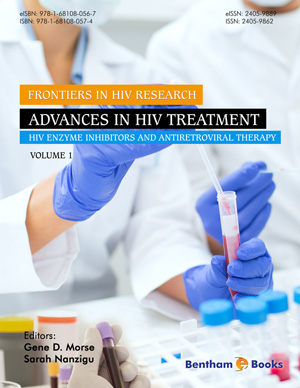Abstract
Spontaneous Pneumothorax (SP) is a relatively common condition defined as the presence of air in the pleural space associated with lung collapse.
On an etiologic basis, pneumothorax is classified as spontaneous, traumatic and iatrogenic. The term “spontaneous” indicates that no mechanical injury is recognized as the causative mechanism whereas secondary SP occurs as an acute complication of an underlying lung disease.
The principal goal of treatment is to evacuate air from the pleural space and achieve lung reexpansion. Simple chest drainage is often employed as first line treatment, whereas bullectomy performed by Video-Assisted Thoracic Surgery (VATS) is widely adopted for treatment of recurrent SP. Pleurodesis by pleurectomy or talc insufflation is also commonly associated to bullectomy to reduce risks of recurrence.
VATS is usually carried out through general anesthesia and one lung ventilation, although use of this type of anesthesia can be associated with several adverse effects. Recently, VATS management of SP has been performed with satisfactory results by local anesthesia in spontaneously ventilating patients. In particular, we have began a clinical investigational program entailing VATS bullectomy and pleurectomy performed through sole Thoracic Epidural Anesthesia (TEA) in fully awake patients. In this chapter we describe technical features and results of this novel surgical approach.
Keywords: Pneumothorax, VATS, thoracic epidural anesthesia.






















